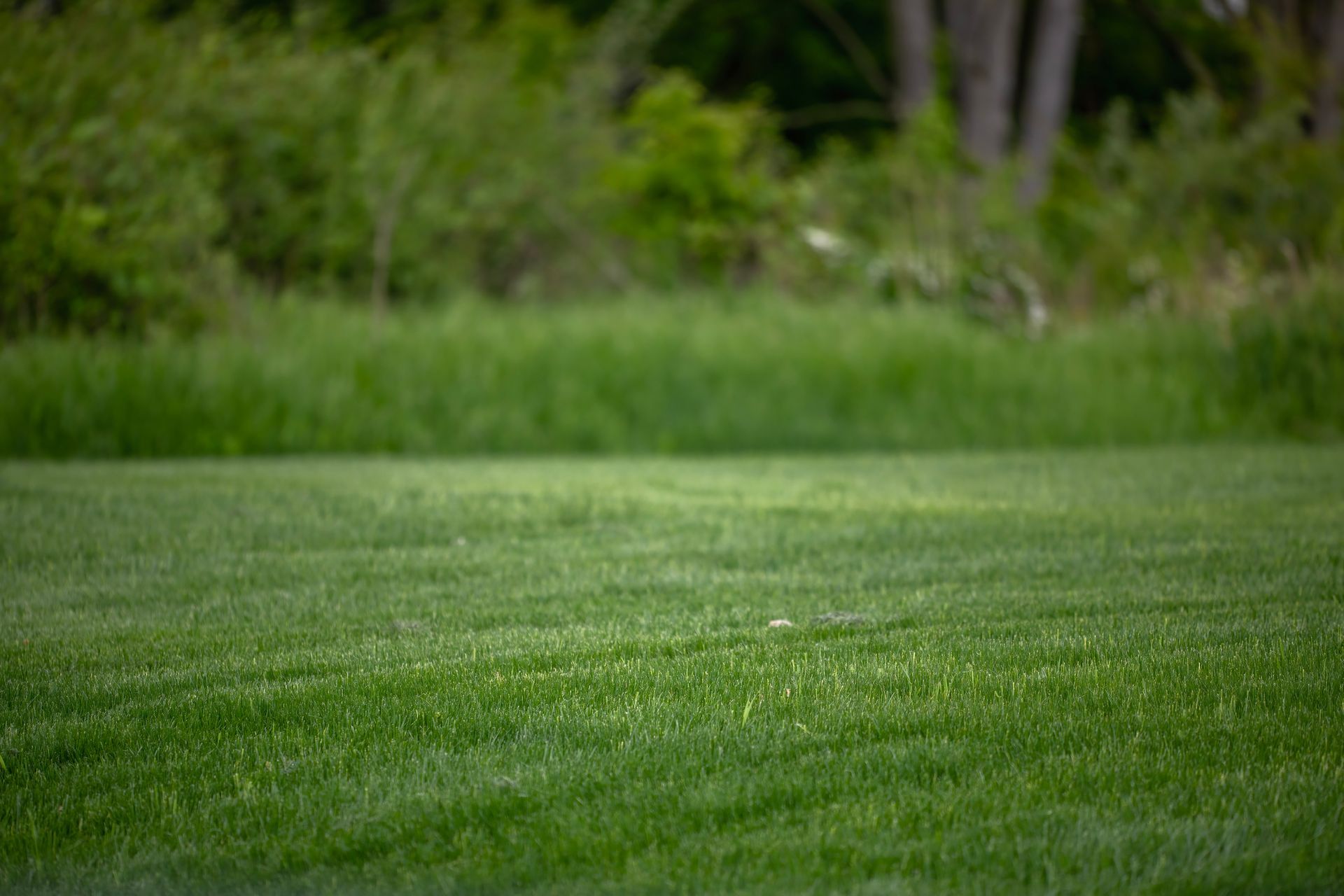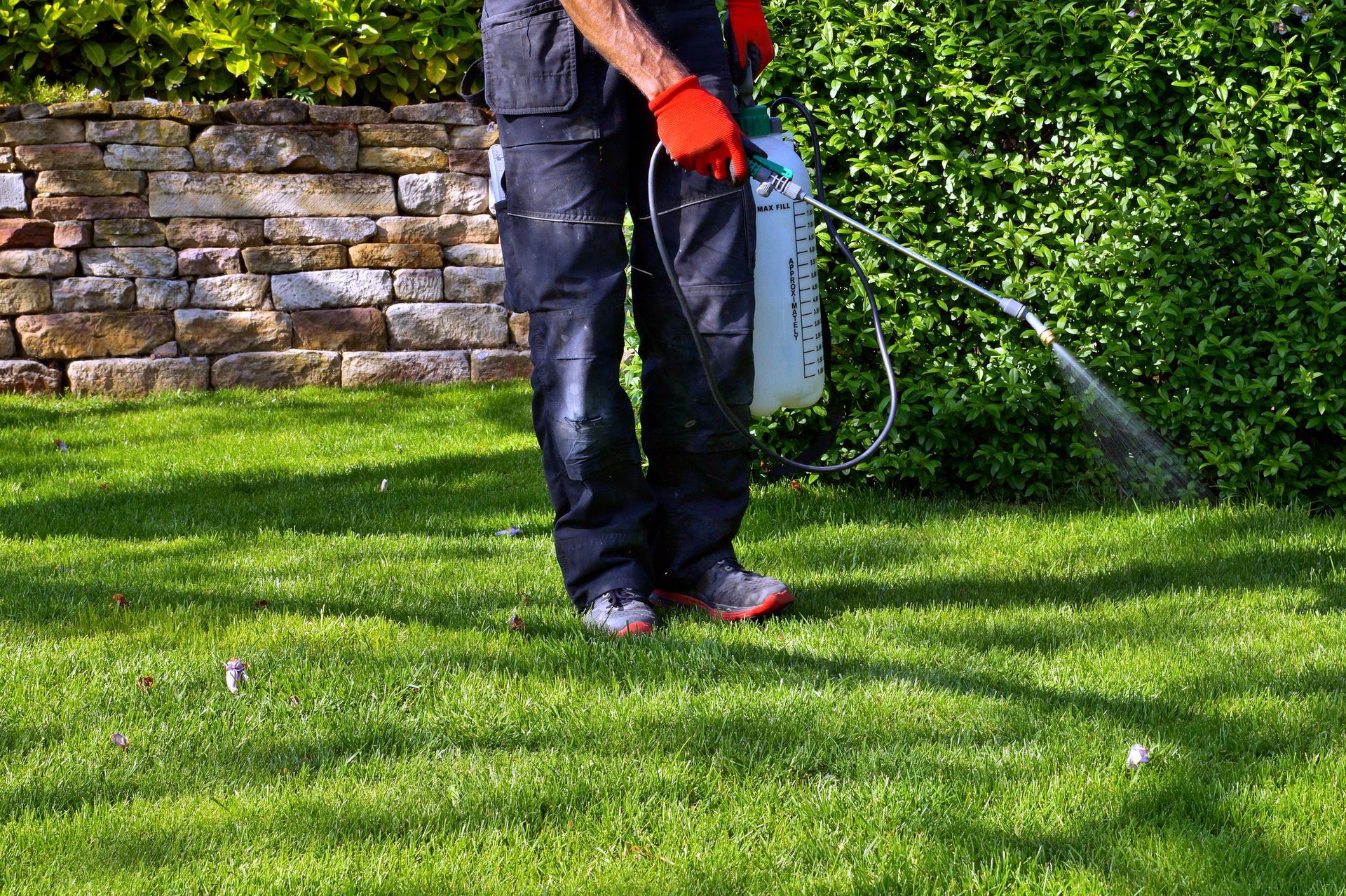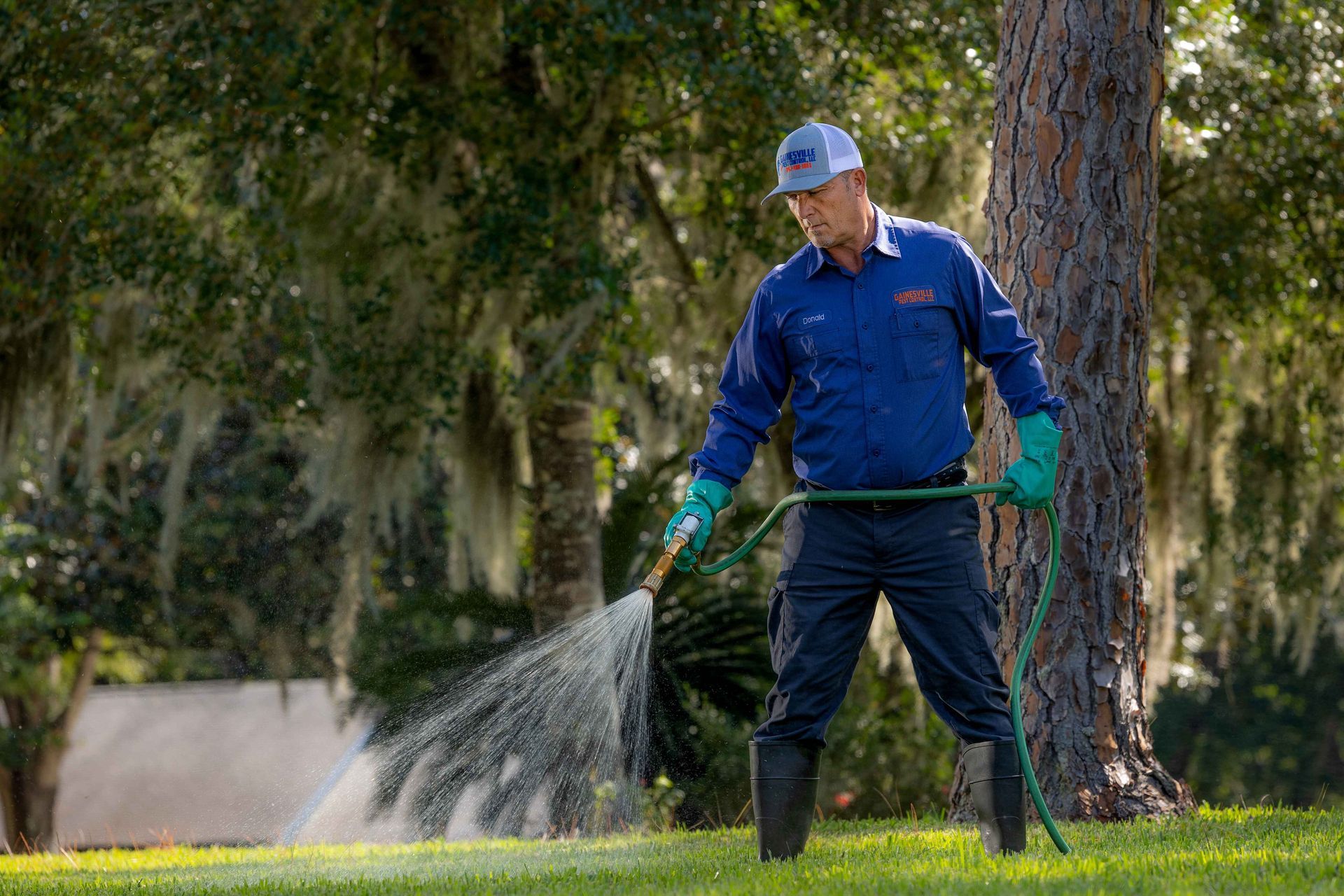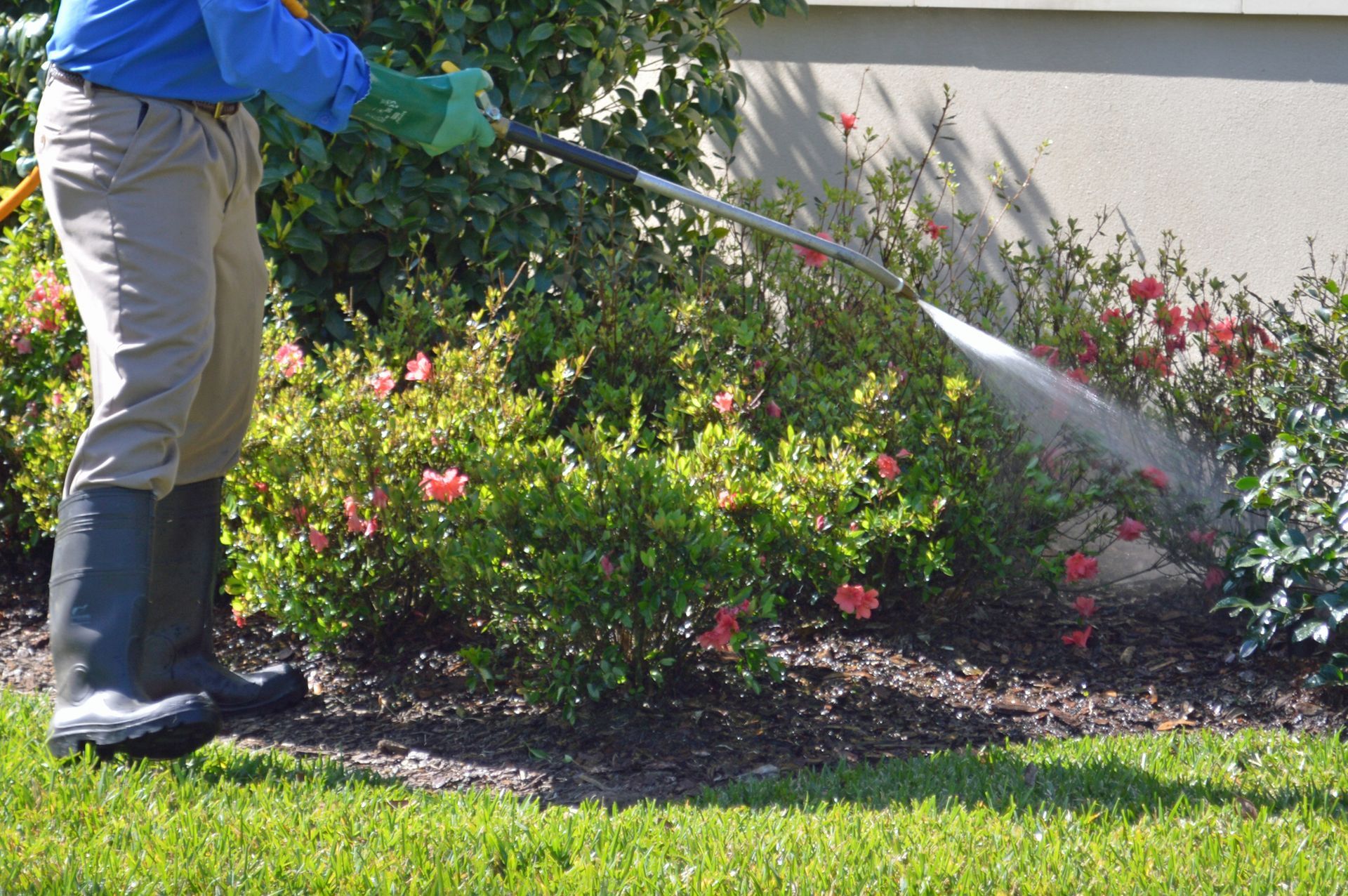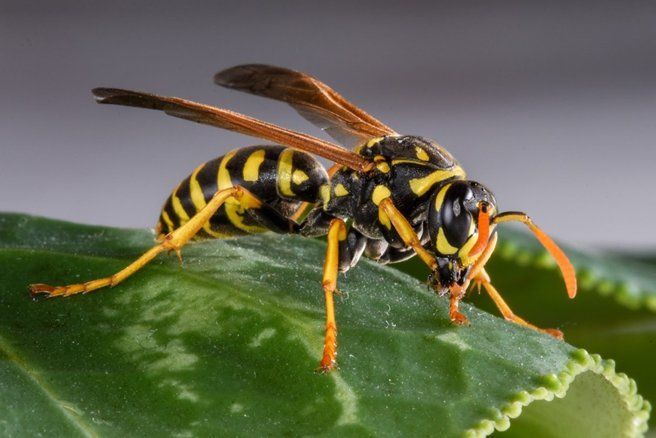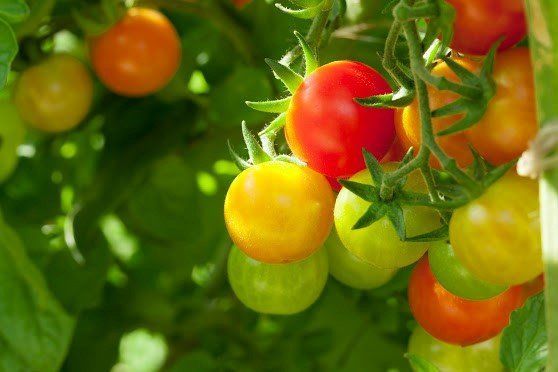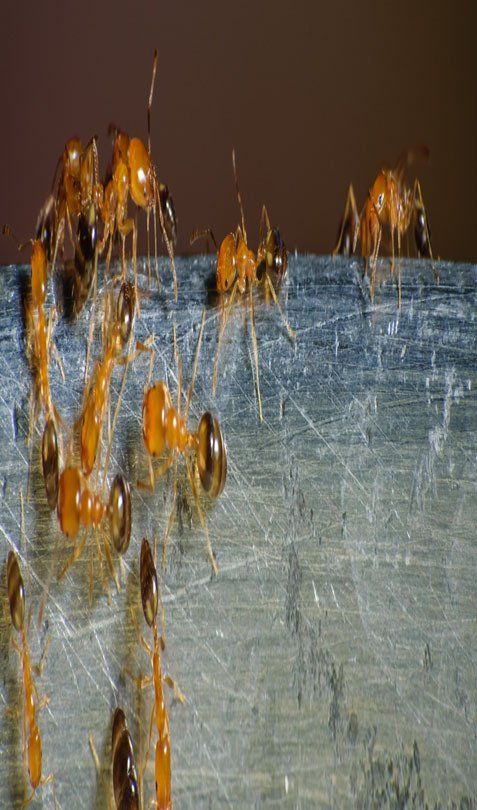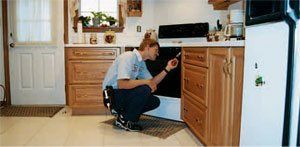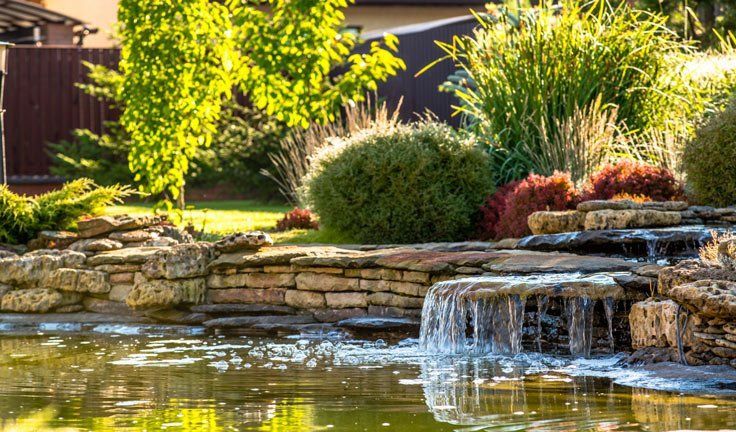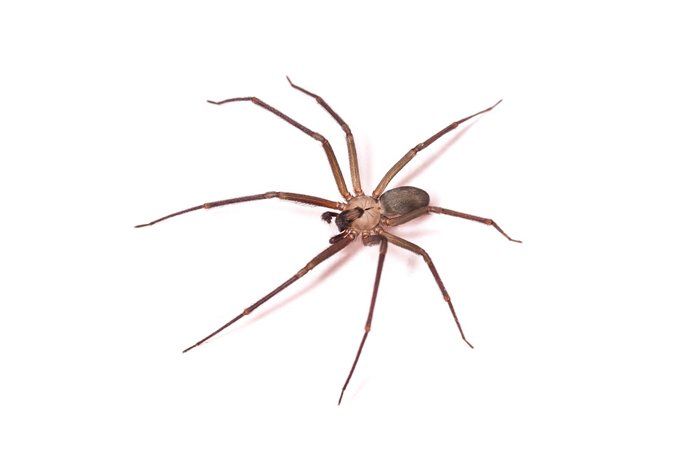Lawn Grub Control for Home Owners
websitebuilder • January 20, 2020
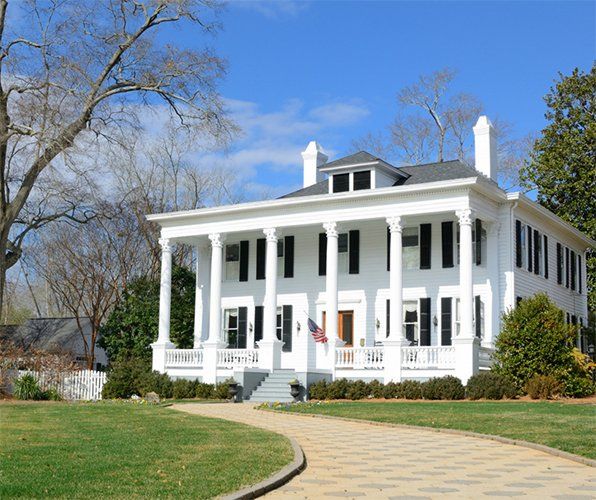
Lawn grubs are insidious pests. Your lawn can seem green and healthy one day, and then the next you have brown patches that won't green up no matter what you do. Grubs are the larval form of beetles. The beetles lay their eggs in the lawn soil. When they later hatch, the grubs eat the roots of the grass, thus killing the lawn.
Signs of Grub Infestation
In the early stages it can be easy to mistake grub damage for a different issue, such as drought stress or nitrogen burn, if you don't know what to look for.
Grass Dieback
Brown spots in the lawn can be a sign of grubs, but with a caveat. If grubs are to blame for the dieback, then the affected grass will have no roots so it will pull up easily. Sometimes, the turf will even lift up completely, as though it was sheared off just below the soil.
Animal Activity
You may notice increased wildlife visits to your yard. Raccoons and skunks, in particular, are drawn to grubs. Skunks may leave shallow furrows in the lawn where they nose and dig into the soil to reach the grubs. Increased bird activity and feeding in the grass can also be an indicator of a grub infestation.
Infestation Verification
Check for a grub infestation by carefully digging up a square foot area of sod in an area that is showing signs of dieback, and then inspect for grubs. Grubs are white in color and hold their body in a c-shape. If you find 10 or more grubs per square foot, you need to treat for the pests before your entire lawn is affected.
Lawn Treatment Options
There are two main treatment options for grubs. If you live in an area with high grub risk, then pretreatment can help. For lawns already affected, then a curative treatment is necessary.
Preventative Treatments
Preventative treatments are quite effective when applied properly and at the right time. In Florida, the grubs typically hatch out in late summer, so you should apply preventative treatments in the month leading up to the typical hatch period. Your pest control service can help you determine the best treatment window for your specific location.
Curative Insecticides
Curative treatments only work on grubs that are already present, typically in late summer but at any time you find 10 or more grubs per square foot of affected lawn. Curative insecticides kill between 20 and 80 percent
of the grubs when applied at the right time. Your pest control technician can help you determine the best treatment window.
Lawn Repair Methods
A healthy lawn is more resistant to grubs and other pests, so cleaning up and repairing the lawn is a priority after grub treatment.
Cleanup Tactics
Removal of the dead grass will allow healthy grass to fill in the bare spots. For minor damage, you can use a lawn rake to remove the heavy thatch layer from grub damage. For more severe damage, use a lawn dethatcher to remove the damaged areas. In some cases, the turf may be completely dead in a spot, which will necessitate complete removal.
Grass Rehabilitation
There are two options for grass rehabilitation -- seeding or fresh sod. Seeding is an inexpensive option for areas that are thin but not completely bare, where as sod is a good option for area that are nearly or completely bare. You can overseed existing grass, just make sure to keep the soil moist and avoid mowing until after the new grass seedlings are well established. Fresh sod can be walked on within a few days and typically establishes more quickly than seeded grass.
Contact
Gainesville Pest Control LLC. for more help.

